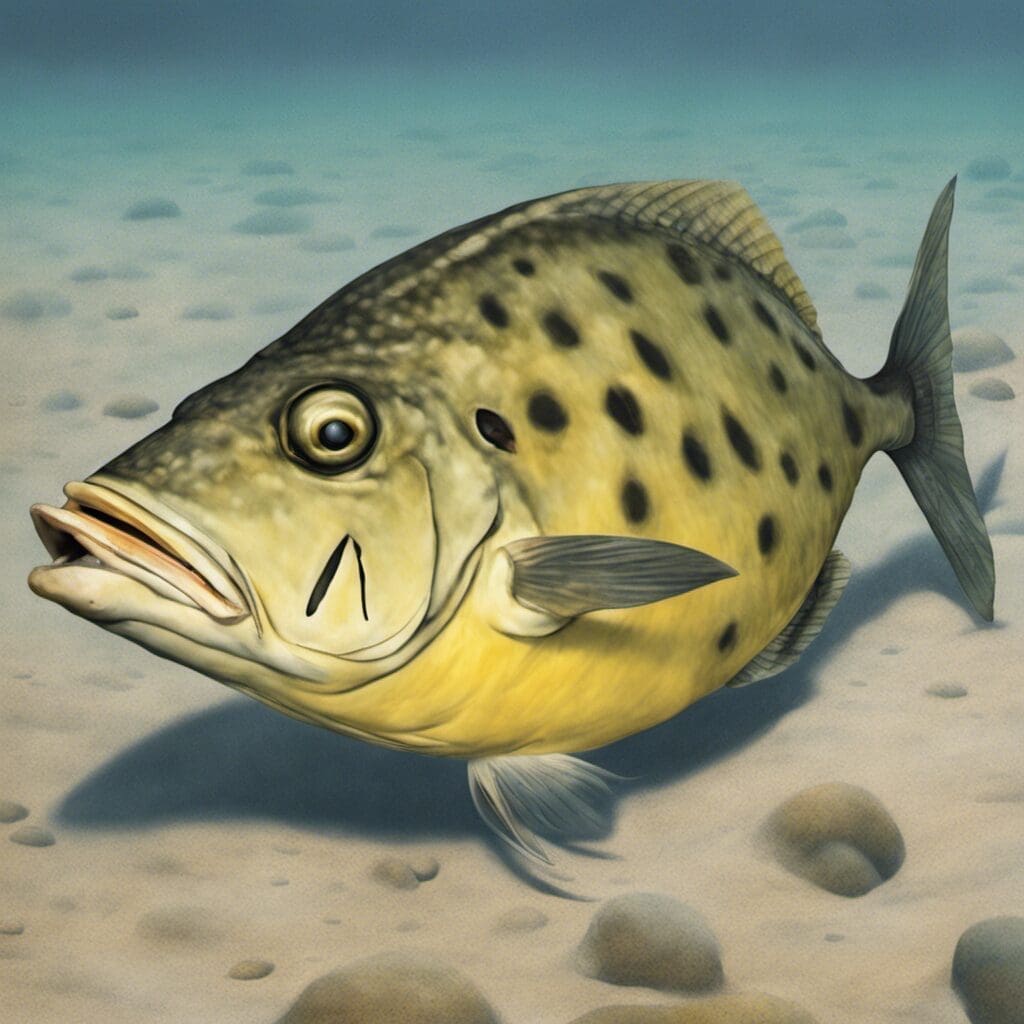Introduction
Belonging to the Monacanthidae family, the Leatherjacket is a distinctive species of fish known for its tough, leathery skin and spiny dorsal fin. This feisty aquatic resident has a variety of individual species under its banner, including the elusive Six-spined Leatherjacket and the common Yellowfin Leatherjacket.
Conservation Status
The Leatherjacket is currently listed as of “Least Concern” in terms of conservation status. This is mainly due to their widespread distribution and relatively high abundance. However, continuous conservation efforts are still in place globally to maintain their population, with restriction on overfishing and habitat protection measures being top priorities.
Statistics
| Average | Range | |
|---|---|---|
| Length | 18 inches | 6-30 inches |
| Weight | 2 lbs | 0.5-4 lbs |
The average lifespan of a Leatherjacket is around 9 years, though some have been known to live up to 15 years in optimum conditions.
Distribution
Leatherjackets are found in oceans worldwide, predominantly in warmer, coastal waters. However, they do migrate into cooler areas and can be found in places such as the Mediterranean Sea, the Western Atlantic, and even parts of the Pacific Ocean.
Habitats
Preferring warmer waters, Leatherjackets can be found in seawater, typically at depths ranging from 5 to 200 meters, though they can be found at greater depths. The temperature range most suitable for them is between 20°C and 28°C.
When and Where to See
This species is year-round active, but it is observed that they are most active during the warmer months. The best time to spot them is from late spring to early fall, during daylight hours when these diurnally-active fish are most likely to be feeding near the water’s surface.
Best Fishing Locations and Tips
Leatherjackets can be found in numerous locations globally, some of the popular fishing spots include:
- Great Barrier Reef, Australia
- California, United States
- Maldives, Indian Ocean
- Polynesia, South Pacific Ocean
- Cyprus, Mediterranean Sea
If specific locations are not known, look for areas with abundant reef life as Leatherjackets often find shelter amidst coral reefs.
How to Catch
Small crustaceans and invertebrates make the best bait for Leatherjackets. Bottom fishing during daylight hours gives the best results.
Identification Guide
Leatherjackets are very distinct fish with elongated bodies, small heads, tough, leathery skin, and spiny dorsal fins. They range in color from muted greens and browns to bright yellows, reds, and even blues.
Culinary
Leatherjacket fish has a slightly sweet, delicate flavor and firm texture. Their high collagen content gives the fish a unique ’gelatinous’ quality when cooked. The fish is most commonly grilled or used in soups.
Additional Information
Leatherjackets are generally solitary fish that feed on small invertebrates, mollusks, and crustaceans. They are known to display complex mating rituals which include elaborate color displays and dances. Their natural predators include larger fish species and sea birds.
References and Further Reading
For more information, consider these sources (links open in new tab):
- Fishbase
- Animal Diversity Web
- IUCN Red List
Responsible fishing practices and habitat conservation are key to ensure the sustainability of this unique species

